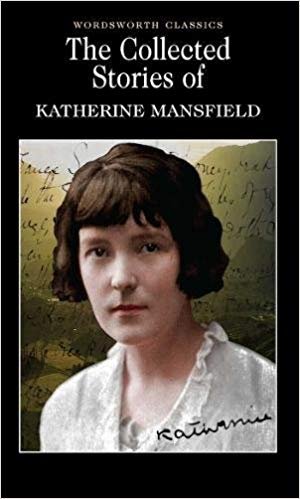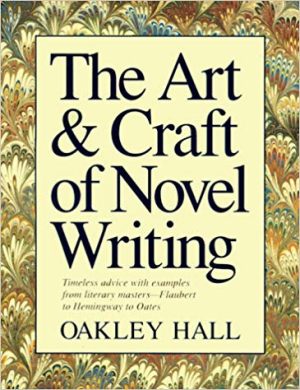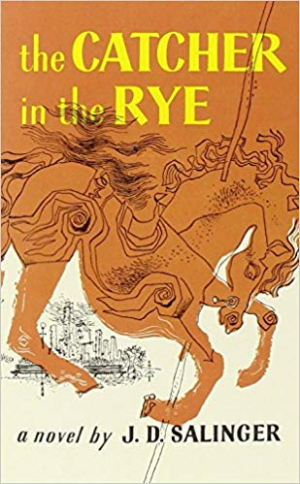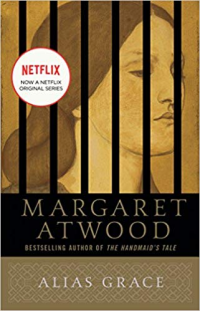I wrote in Great Opening Lines – and Why! (Part 3 – Some Great Opening Lines) that I’d share more great opening lines as I found them.
 “There was not an inch of room for Lottie and Kezia in the buggy.” – Katherine Mansfield’s Prelude in The Collected Stories of Katherine Mansfield (Wordsworth Classics)
“There was not an inch of room for Lottie and Kezia in the buggy.” – Katherine Mansfield’s Prelude in The Collected Stories of Katherine Mansfield (Wordsworth Classics)
This line is so elegant and simple it’s deceptive. It’s “not an inch of room for”, not “no room for”. “no room for” would be pedestrian, boring and unimaginative. “not an inch of room for” gives us a hint of character, mood, and atmosphere. We are shown the narrator’s attitude towards the environment the moment we start reading.
Continue reading “Great Opening Lines – and Why! (Mar 2019’s Great Opening Lines)”



